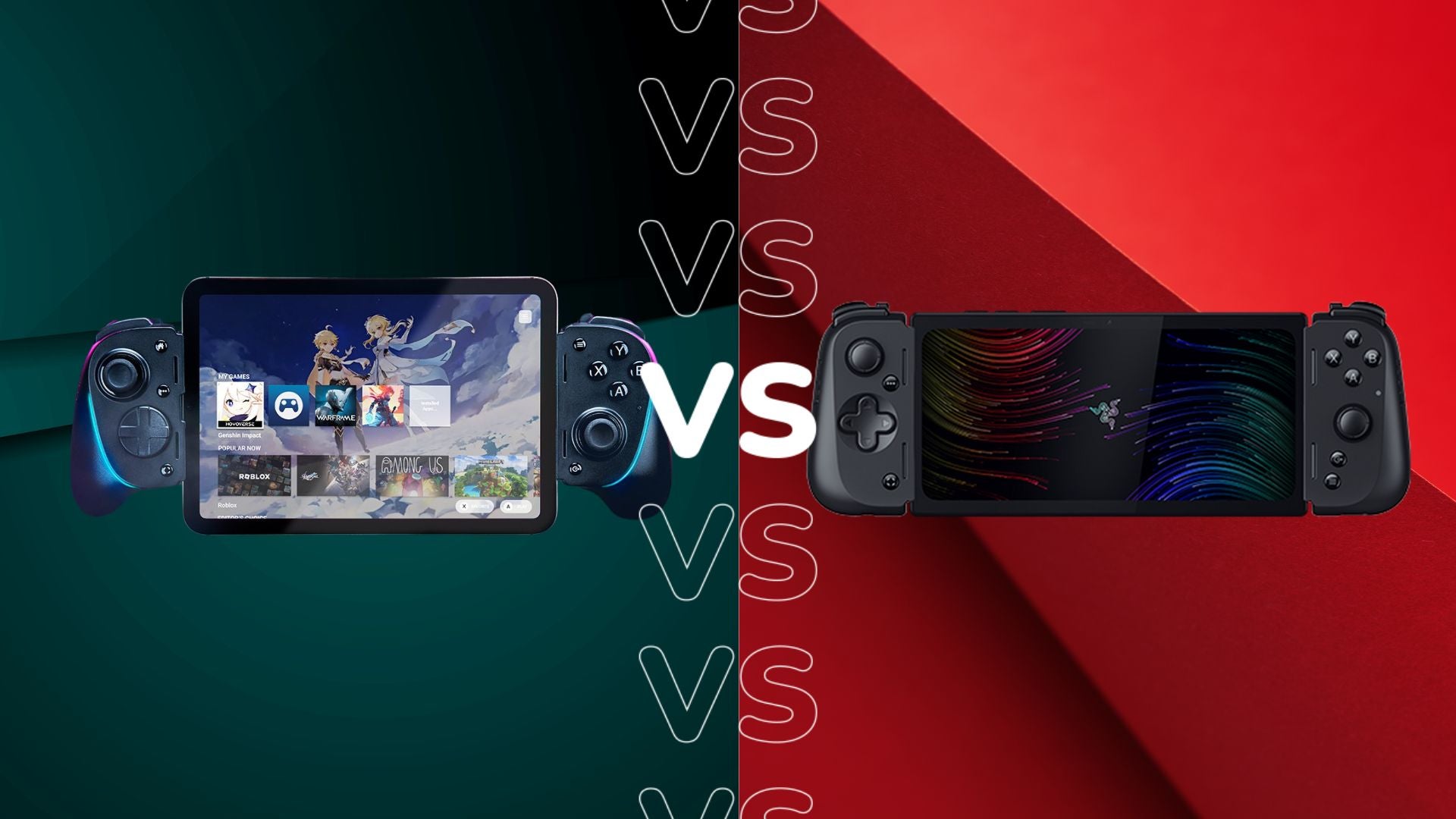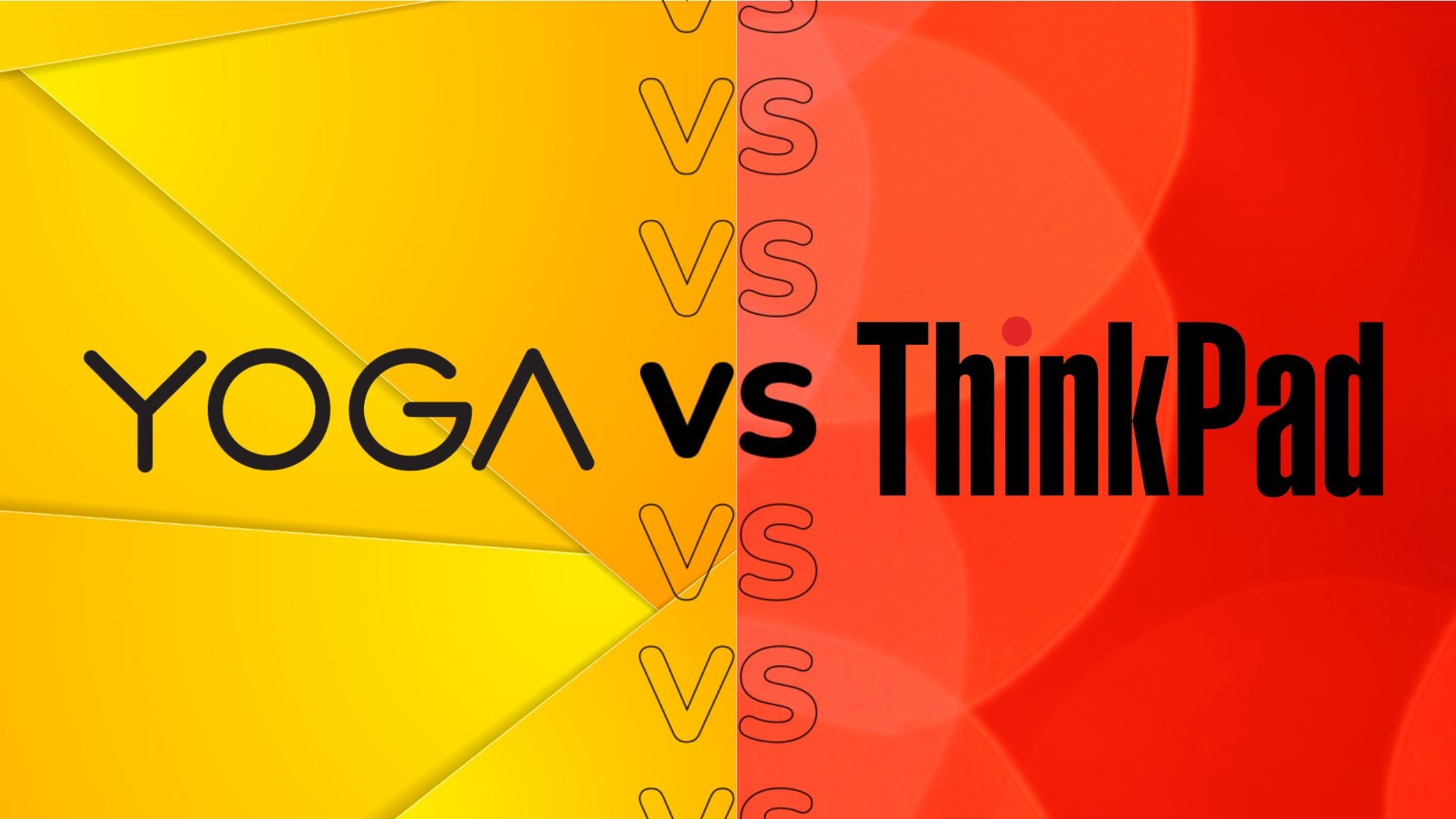DualSense Edge vs Xbox Elite Series 2: PlayStation or Xbox?
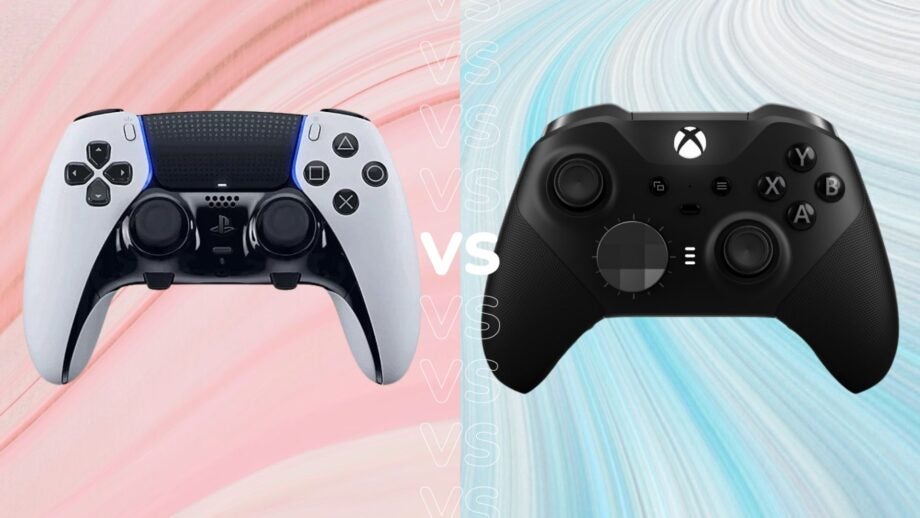
Sony has upped its game with the release of the DualSense Edge, the most customisable controller from the company yet.
But with the release of the DualSense Edge, we have to look at the pro-controllers that have come before, namely, the Xbox Elite Series 2. This controller has been on the market for over three years now, but how does it compare to Sony’s latest offering?
Keep reading to find out all the key differences between these two controllers so you can decide which is best suited for you.
The DualSense Edge is a lot more expensive
It’s no secret that the DualSesne Edge is an expensive piece of hardware, with its hefty price making it almost as expensive as an Xbox Series S, and more expensive than a Nintendo Switch Lite. It costs £209.99/$199.99, which makes it pretty inaccessible for more casual gamers or those who are on a budget.

While the Xbox Elite Series 2 can’t really be called affordable, it is a lot more accessible than the DualSense Edge in terms of pricing. Currently, it can be found on the Xbox website for £159.99/$179.99, although it does sometimes drop in price to £139.99 during promotional periods.
Out of the two, the Elite Series 2 is more alluring for those who are on a budget and may be more alluring to casual gamers than the DualSense Edge since it’s not as much of an investment.
Xbox Elite Series 2 has four back buttons
Both controllers come with a high level of personalisation, with almost every button being remappable. The Elite Series 2 steals the show, however, thanks to its four optional back buttons. These buttons are not bundled with the base controller but can be purchased separately, with the two larger paddles sitting lower on the controller’s back and two smaller paddles just on top.
These are completely optional, and users can tinker with the configurations they prefer, or leave them off the controller altogether. The inclusion of four new buttons does open up a lot of doors for gamers, especially since they can be remapped with any button inputs you like.

Sony took a leaf out of Microsoft’s book with the DualSense Edge as it also features optional back buttons. This controller comes bundled with two sets of back buttons, one with a dome design and one with a lever design. They can be snapped into the back of the controller magnetically and removed at any time, and in the same vein as the Elite Series 2, they can be remapped with any button input you like.
Unlike the Elite Series 2, the DualSense Edge only comes with two back buttons, with one on each side. The need for back buttons are subjective, but the choice of having more can always be considered a good thing, which may put the Xbox Elite Series 2 at an advantage.
The DualSense Edge provides better feedback
The DualSense Edge borrows the best feature of the standard DualSense controller, and that’s the immersive haptic feedback. The motors inside the controller are able to mimic the feeling of footsteps tapping against the floor, or even the feel of a racing car’s wheels churning through mud.
The DualSense Edge even has adaptive triggers, simulating the feel of drawing a bowstring or pulling the trigger of a shotgun. Such features do a fantastic job of elevating the immersion of supported games.
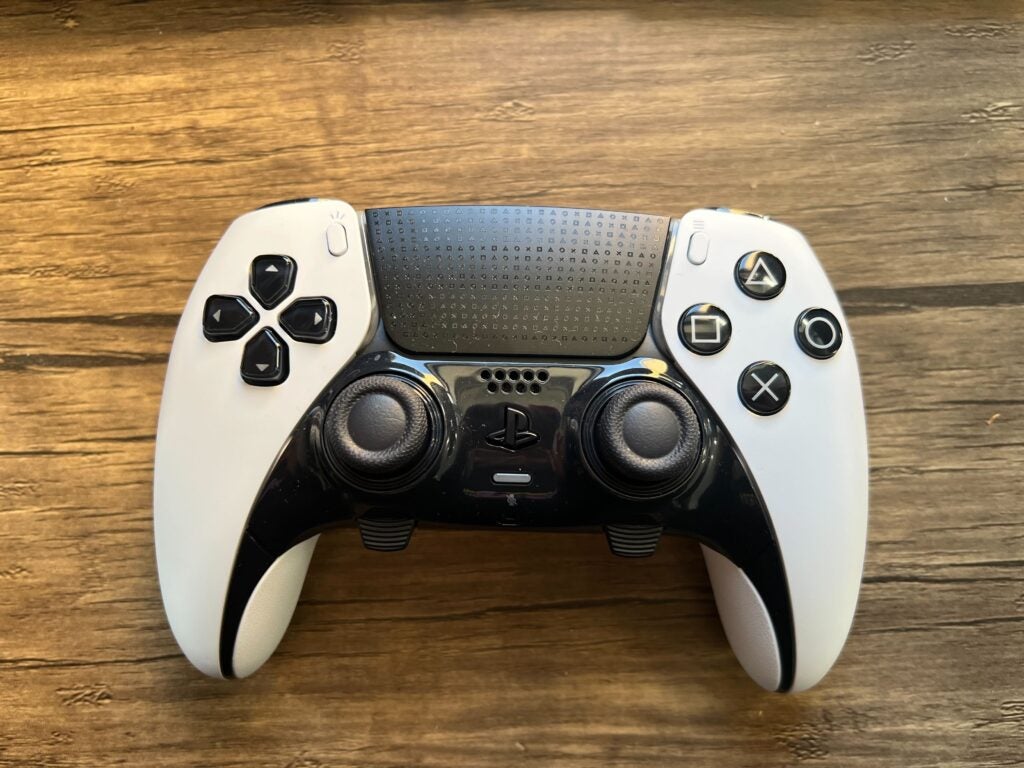
While haptic feedback of the Edge is no different to the performance of the standard DualSense controller, it does give the Edge the advantage over the Xbox Elite Series 2. Microsoft’s controller has a built-in vibrations too, giving your hands a shudder when there’s an in-game explosion. But the haptic feedback here is nowhere near as accurate or powerful as the DualSense.
Such a feature won’t help to improve your performance for competitive games, but it’s still a nice touch if you like to be fully immersed in a game.
DualSense Edge falls short when it comes to battery life
The original DualSense has a quoted battery of five to eight hours, with our reviewer getting 13 hours of their controller before it needed to be recharged.
Since the DualSense Edge has the same design and size as its predecessor but a revamped set of features, Sony claimed that it would have a less impressive battery as a result. We were able to game for around five hours using the DualSense Edge before it needed to be recharged, which is shockingly low for such an expensive piece of hardware.
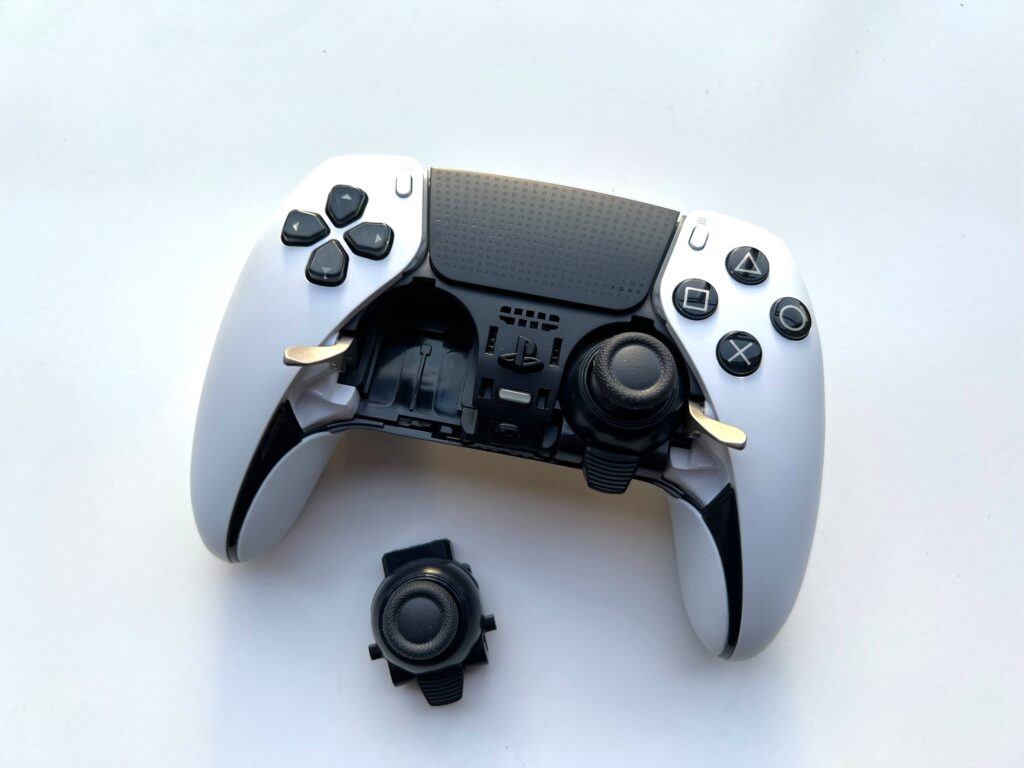
The bundled 4-metre braided USB-C cable does alleviate this issue somewhat, but not everyone will be able to accommodate that within their setup.
The Elite Series 2 blows both DualSense controllers out of the water, with a massively impressive battery of 40 hours, according to Microsoft. We thought that these claims held up, putting the Elite Series 2 head and shoulders over its competition when it comes to battery life, making it more enticing for those who want to game without being interrupted.
Elite Series 2 is compatible on a wider range of devices
The DualSense Edge is a new peripheral, with Sony deciding to keep it fairly exclusive. Currently, it is only supported on the PS5 and on PC, meaning that PS4 owners won’t be able to experience all the new features.
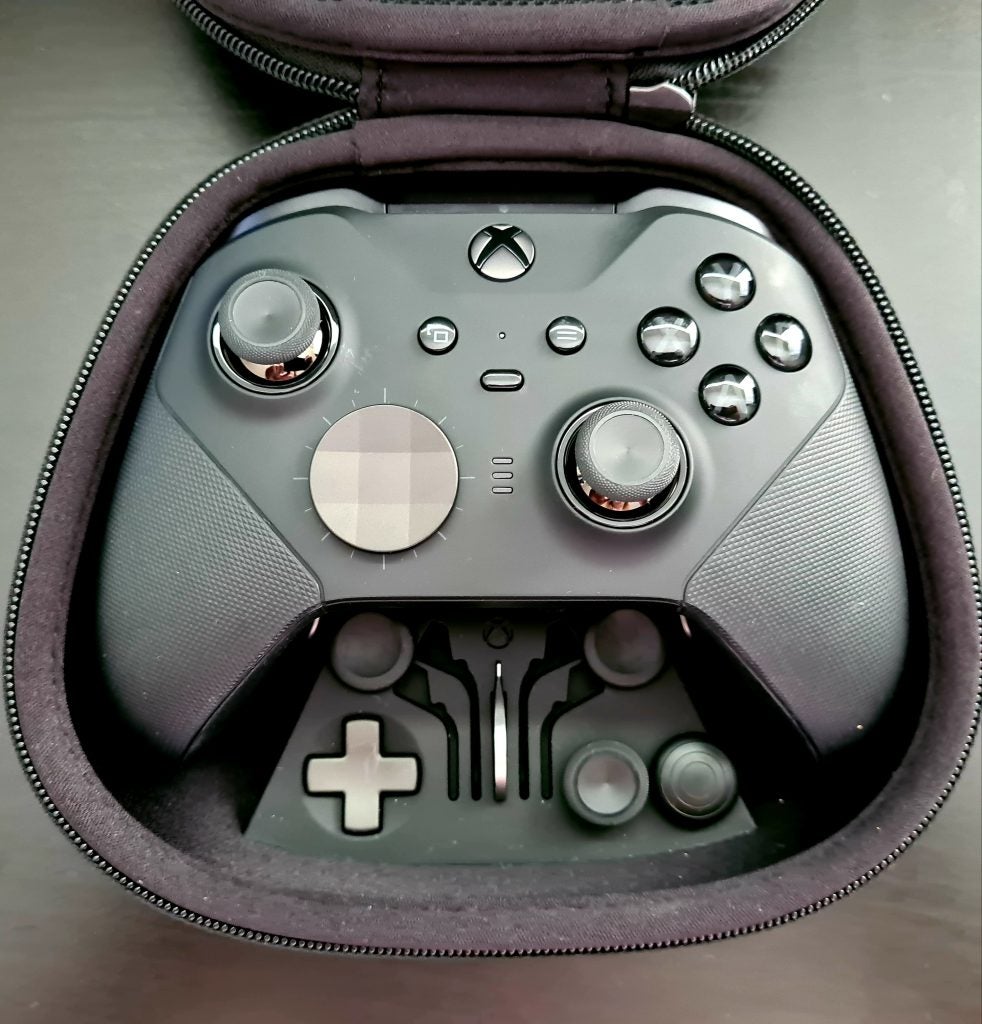
Microsoft decided to make the Elite Series 2 a lot more compatible, which may make it more appealing in the long run. It is supported on the Xbox One, Xbox Series X and Series S consoles. It can also be paired up with a Windows PC and mobile devices that support Xbox Wireless and Bluetooth, making it the more alluring option for mobile gamers.
The Xbox gamepad currently has more use cases across the board and can be adapted to a wider audience than Sony’s latest outing.





